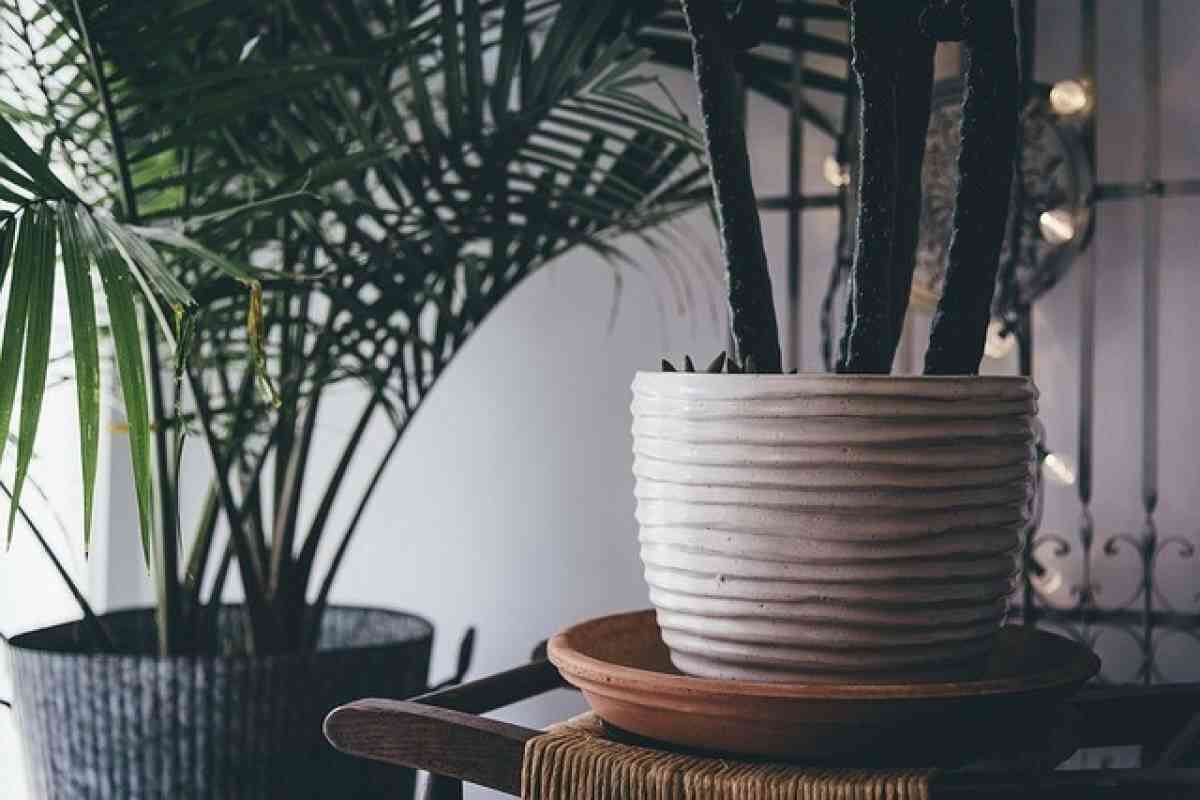The Need To Position Your Indoor Plants

Indoor plants are a whole different ecosystem when it comes to gardening and the rules to help them survive
Indoor plants are a whole different ecosystem when it comes to gardening and the rules to help them survive and thrive can be different depending on a lot of other mitigating factors. You could get your indoor plants from the best plant nursery in Mumbai or whichever part of India you stay in but not knowing a few handy tips and tricks will not allow them to grow with gay abandon. So here are a few simple and basic steps to ensure that you position your indoor plants to optimize sunlight, air and wind for them making certain that you have the best-looking greens in your urban garden.
Recognize when your houseplants need water
In general, you should be more concerned with over-watering than under-watering and most houseplants are better off slightly dry than sopping wet. The goal is to provide your plants with enough water to keep the soil moist but not soggy.
Pour water slowly into the potting soil until it trickles out from the drainage holes in the bottom of the pot. Most plants only need to be watered once or twice a week, and less during the winter months. An easy way to check if your plant needs a drink is to stick your finger two inches deep into the soil. If it feels dry, then it’s most likely time to water.
Temperature, humidity, and ventilation
Most houseplants thrive in temperatures between 65 and 75°F during the day and about 10 degrees cooler at night. In general, houseplants require a level of humidity similar to that of their natural growing conditions. For some houseplants, condensation that stays on leaves too long can be harmful, which is why proper airflow is crucial for healthy plants. Placing a fan near your houseplants to circulate air can evaporate excess moisture and prevent dust buildup on leaves.
Houseplants need the right amount of light
All plants need light energy for photosynthesis, but different houseplants require different amounts of light. With the exception of desert cacti and other succulents, most houseplants need indirect light rather than direct light. Houseplants that thrive in indirect light grow well near west-facing windows or for plants that require bright light but not the direct rays of the sun, a few feet back from south-facing windows would be their ideal position. Some houseplants require artificial light to grow indoors, especially during the winter months and in certain regions where there are fewer hours of light.
The right potting soil
A high-quality potting soil will help plant roots grow by providing the ideal balance of nutrition, aeration, and water absorption. Potting soil mixes typically include peat moss, shredded pine bark, perlite, and vermiculite. Garden centers sell generic potting soils, but whenever possible you should choose a potting soil specific to your houseplant. For example, orchids and bromeliads require fast-draining soil, but succulents grow best in porous, sandy soils. Online plant nurseries like Ultima Gardening also sell ready potting soil and compost packets which can be home delivered by purchasing from our website.
A Pot to fit the Plant
When choosing a pot, make sure its material, size, and drainage capability are what your plant needs. Use a pot that’s proportional to your plant’s current size and not more than a few inches wider in diameter than your plant’s root mass. Once the plant outgrows its home, you can transplant it into a larger pot. If you instead start a plant in a larger pot than necessary, its roots won’t be able to absorb moisture fast enough as it drains through the soil. Make sure your pot has a drainage hole at the bottom. Buy our indoor greens online

